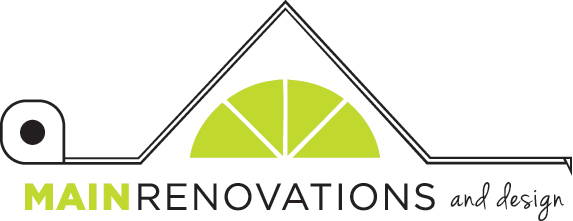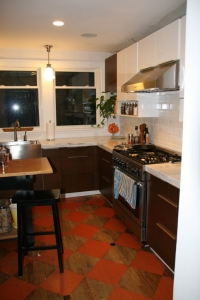This weekend found me, not unusually, with paintbrush in hand, applying a very “Easter-y†shade of lavender to my daughter’s bedroom. In case anyone is keeping track, this would be the seven go-zillionth coat of paint I have applied to any surface.
Paint is an amazing medium for sprucing up almost anything: furniture, floors, walls, ceilings (yes, you can paint ceilings a non-white color), you name it. The great thing about paint is that not only does it provide instant, gratifying results, it is by far the cheapest way to transform something tired (including your faceJ).
The one question that I get asked more than any other is, ‘what color should I paint this wall?â€Â, and my answer, invariably is, “whatever color you loveâ€Â. At the end of the day, you’re not marrying this color and you’re not investing more than about sixty dollars for a gallon and at most one day of painting. I’ve spent more than both those amounts on haircuts that were gawd-awful and took half-decades to repair! That being said, there are a few things about paint that are worth considering before diving into the can, brushes blazing:
1. If you are really at odds over a color, go to your local paint shop and ask about their ‘mis-tints’. A mis-tint is a perfectly wonderful, unused, already mixed color that either someone else didn’t pick up or was slightly mis-mixed. Often it is a full gallon and should cost no more than twenty dollars. This is a major savings compared to sixty! The best part? You’re saving a gallon of paint from being chemically treated and sent to land-fill. I have painted with more mis-tints than I can remember and have been 100% satisfied with the results every time. Warning: mis-tints often cannot be replicated, so if you need more than what the store has on hand, be sure to check that they have the recipe.
2. Tape versus cutting: is it better to tape all your edges and worry less about the lines or be extra careful with the brush? I am a brush-girl, all the way. I have had recurring bad-luck with tape and so prefer to either scrape after the fact (on glass surfaces for instance) or just paint really carefully. That being said, if you’re painting a pattern, you might need to use tape. Prevent the paint from bleeding under the tape by applying a coat of your base color to the tape once it’s down. This will create a prefect bond between the tape and the surface and your finished edge will be perfect.
3. There is a difference between a 25$ gallon and a 65$ gallon. The two biggest differences are the coverage it provides and the longevity of the color (fading). You can spend less on the gallon, but in the end you will have to use more of it and it won’t hold up to wear.
Just remember, when it comes to paint, the sky is the limit! Spruce up an old dresser with a fun coat of buttery yellow, or hide some ugly grooves in your old floorboards with a rich pewter-grey – trust me, once you roll on that first coat, there will be no stopping you!





